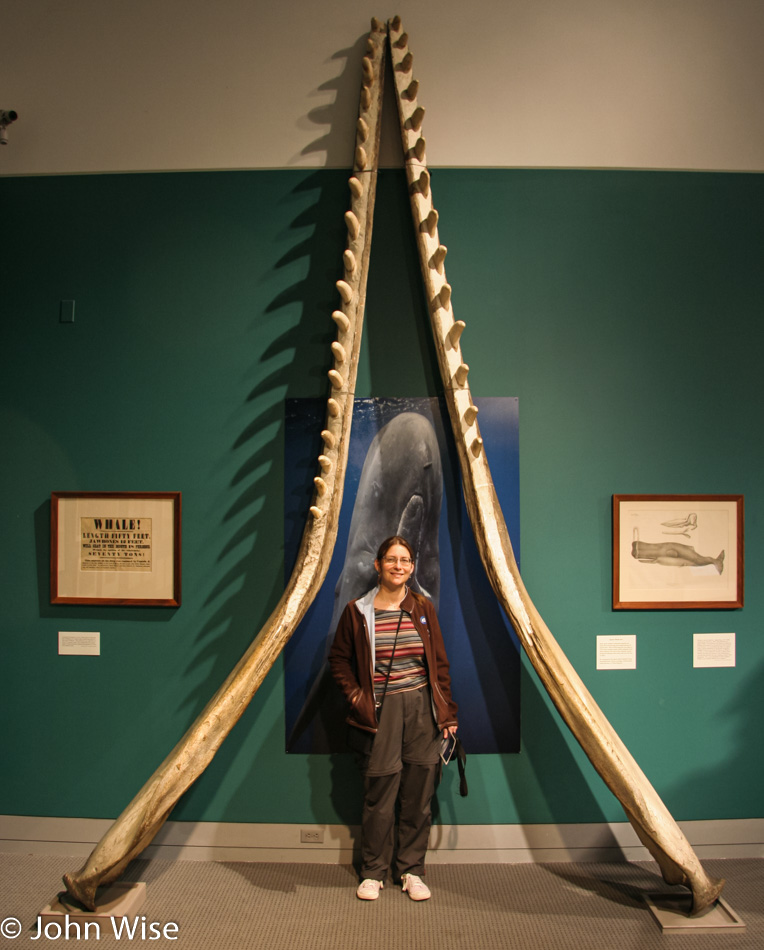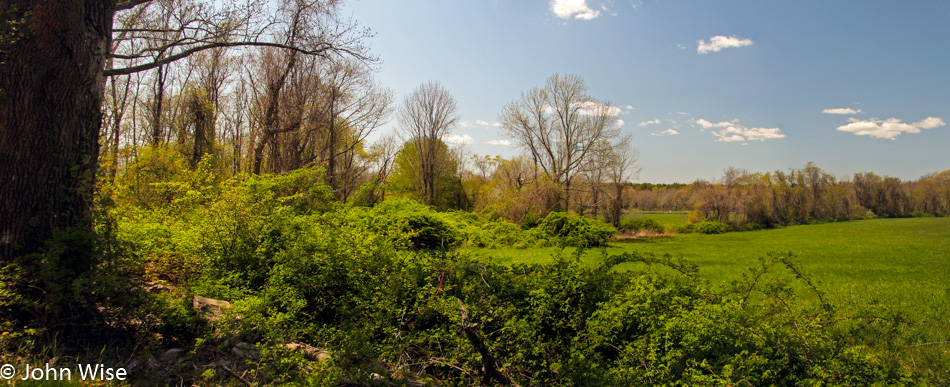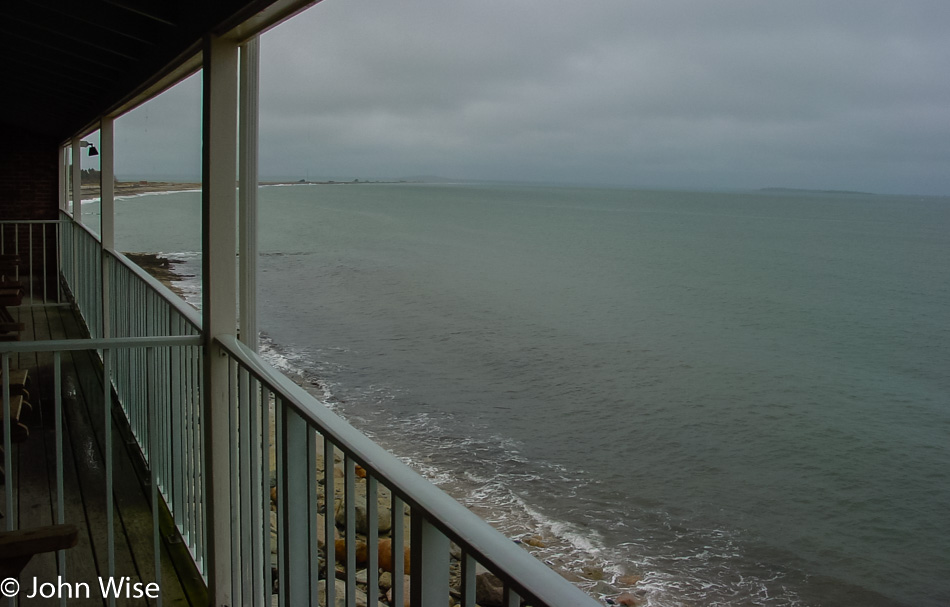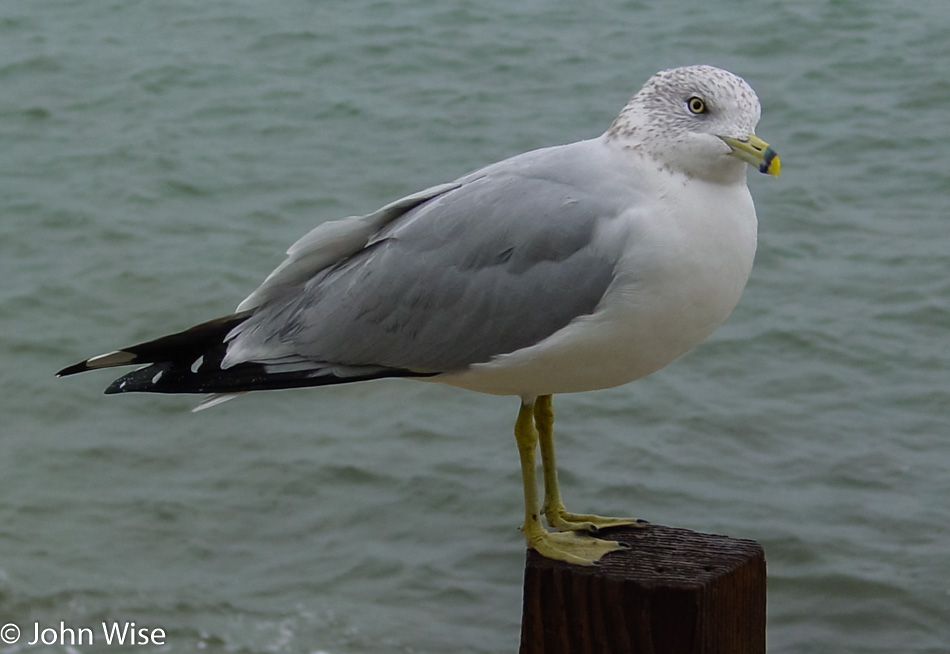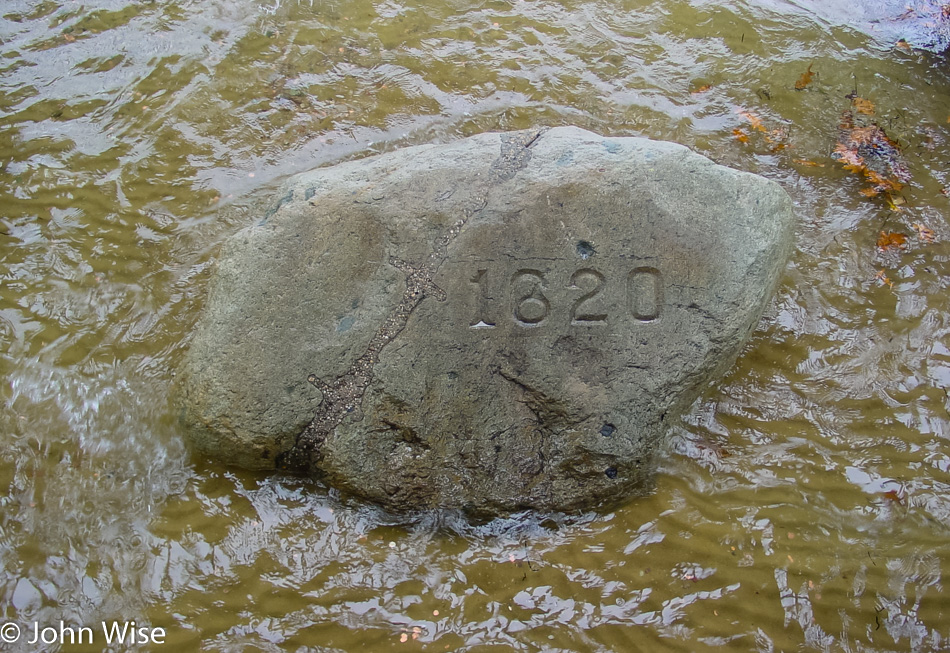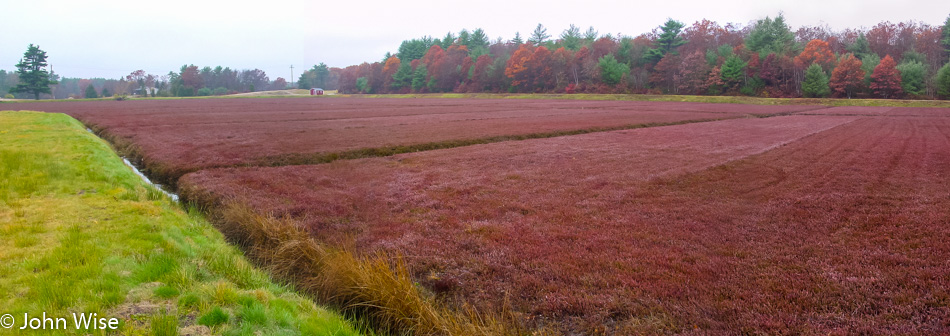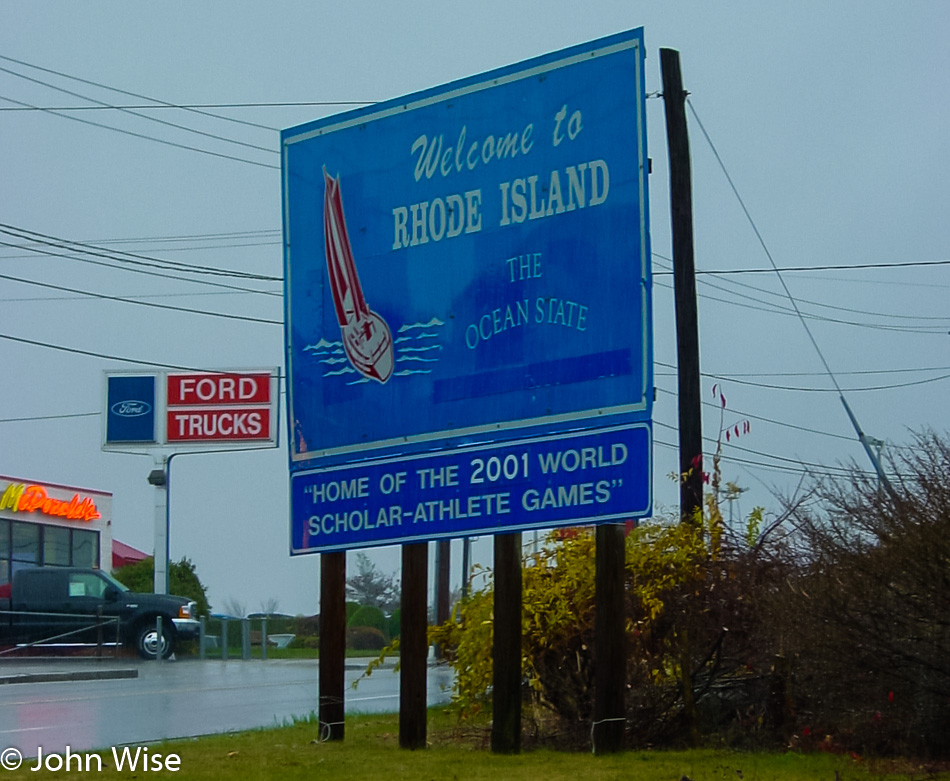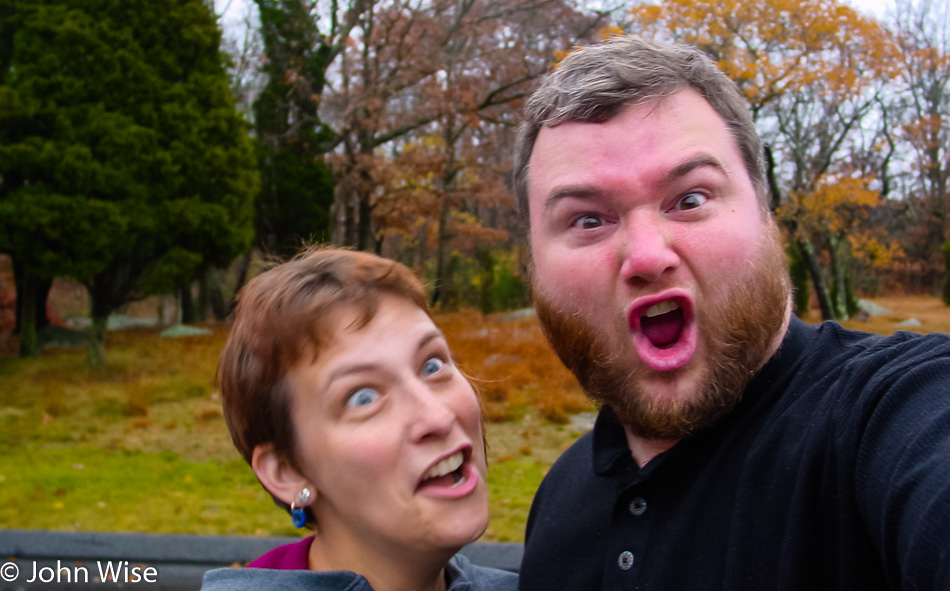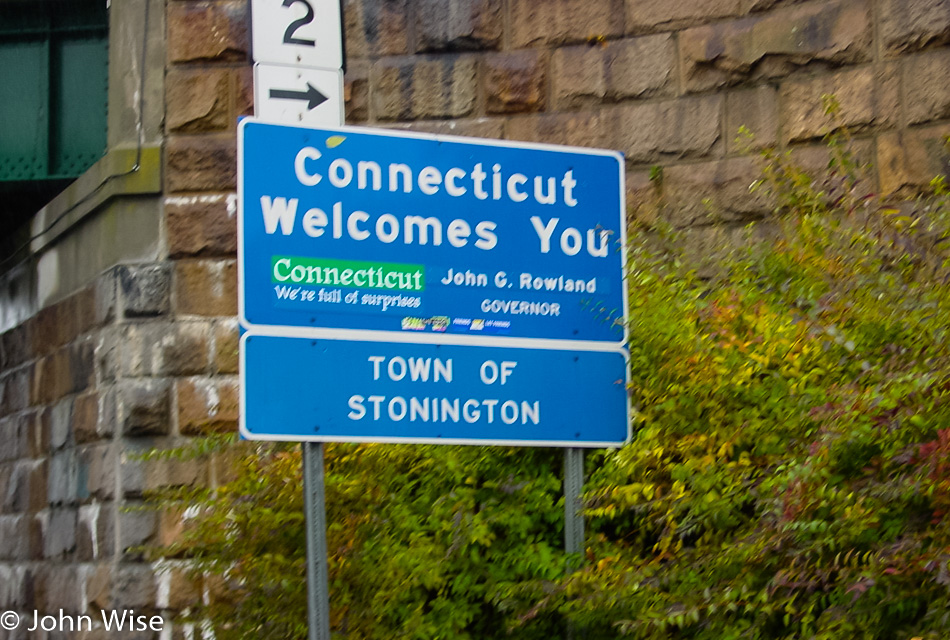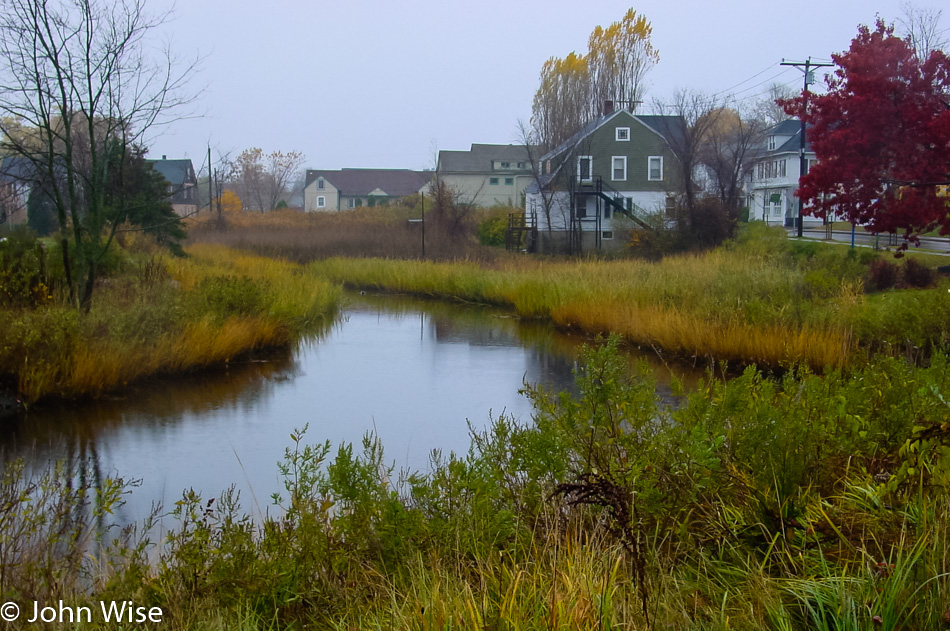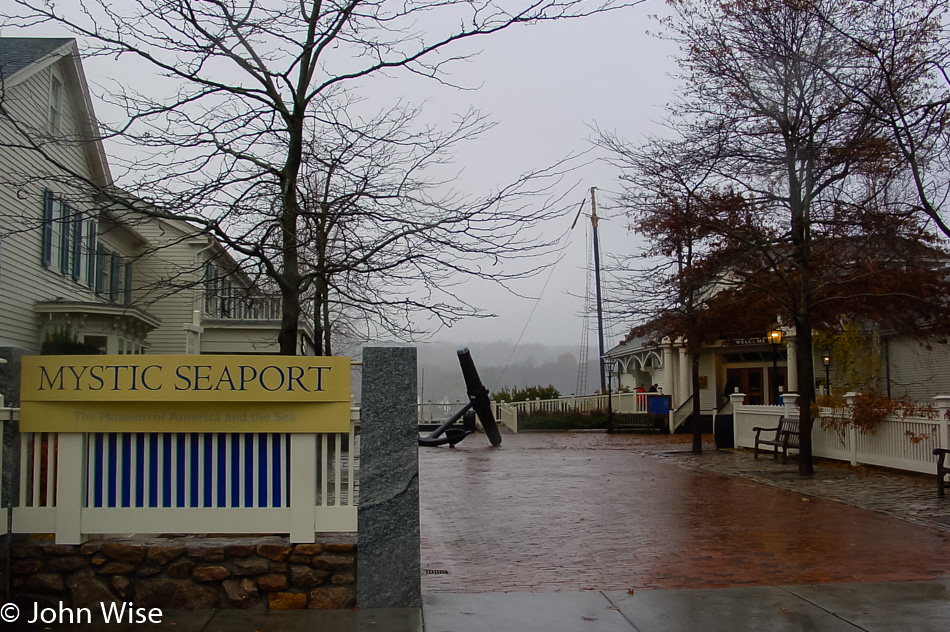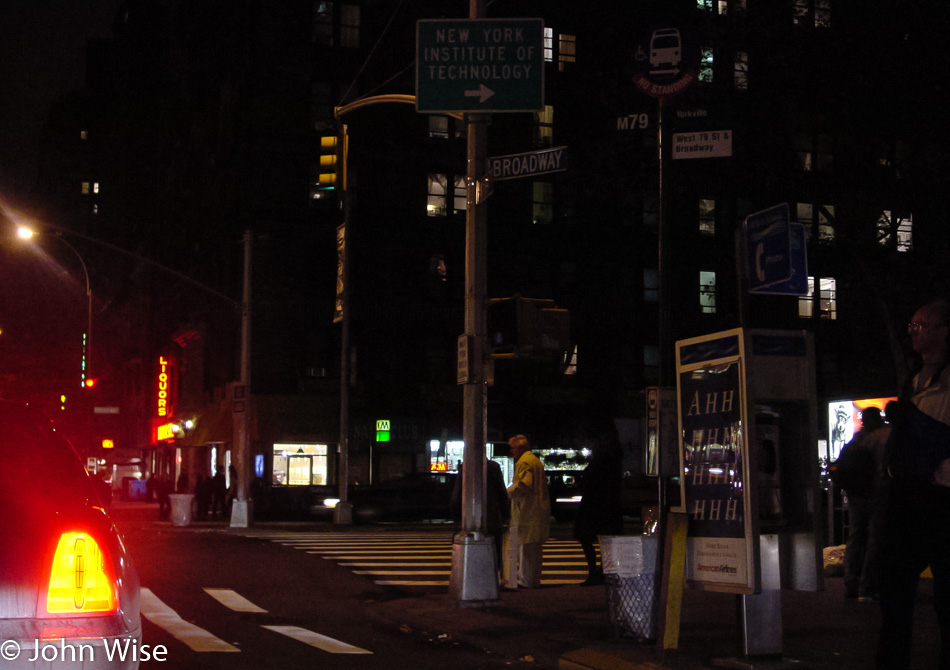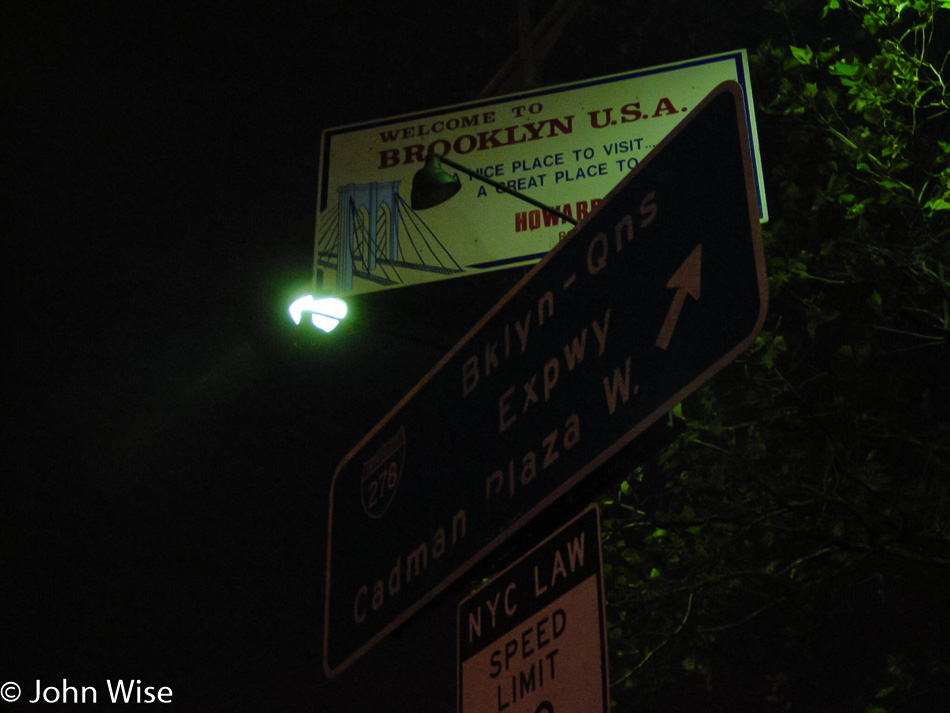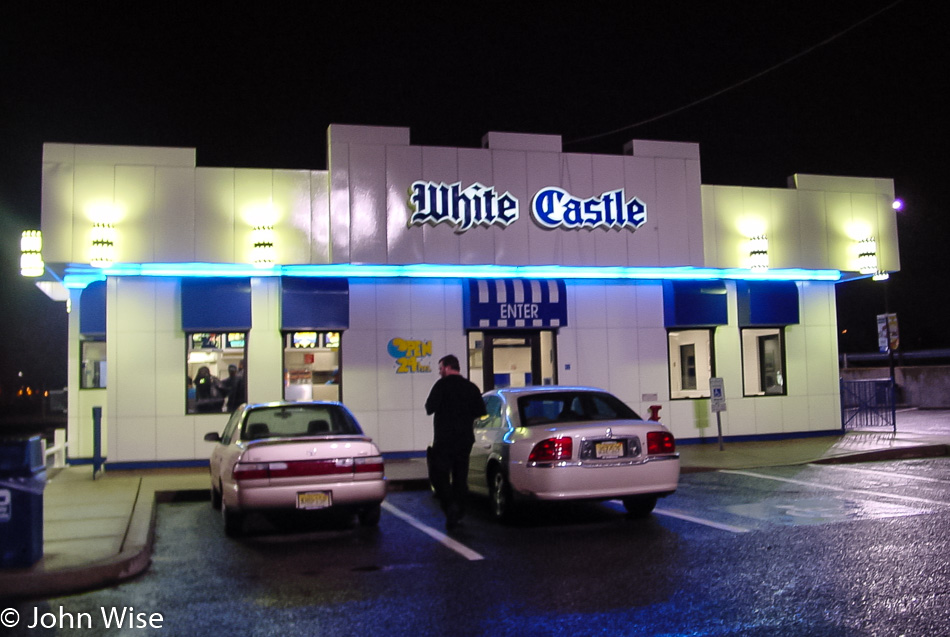
Seven years ago, when we first passed through this coastal town of Mystic, Connecticut, it was late in the day, which didn’t afford us an opportunity to spend any quality time here. We are rectifying that today.
A restaurant so small I’d say you’d be lucky to get a dozen people in this joint that’s appropriately named Kitchen Little. I had the Portuguese Fisherman breakfast consisting of chouriço (Portuguese chorizo) and linguica (Portuguese kielbasa) mixed with eggs, peppers, onions, and a jalapeno cheese on top of a Portuguese English muffin while Caroline’s breakfast omelet included fiddlehead ferns, a tasty veg discovery we’d never heard of before.

I’m happy nobody was with us on our walk through town and along the river when this drawbridge was raised for a passing boat, as we’d have embarrassed ourselves with our geek-squeals of delight, oohs, aahs, and general nerdiness that might be weird to normal people who live near drawbridges. This is the Mystic River.

The last time we were here at Mystic Seaport Museum, it was only 45 minutes before closing time; now we’re here before they open at 10:00 and are like kids going into Disneyland for the first time.
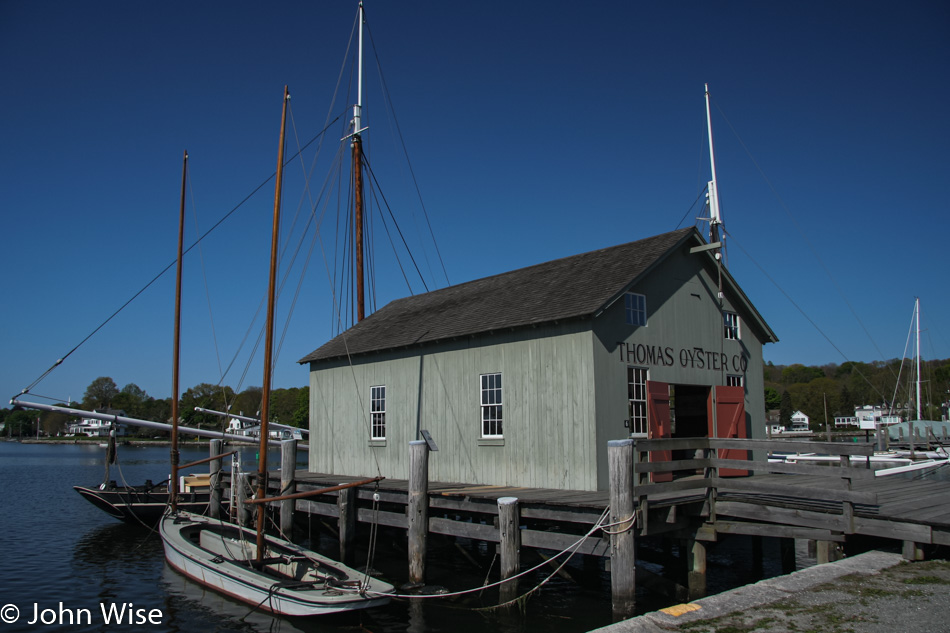
There’s a dilemma for me when entering any museum and that’s, where do I start? I want to be everywhere simultaneously and see the most important things first. That level of anxiety creates issues for me as I typically downplay the first things I see, knowing that around the corner is the real stuff. In the end, everything was worth seeing, and I often wish I’d spent more time exploring and examining the details of those impressions.

Then there’s the variable that asks, how long will it take to see everything? The answer is likely longer than we have to dedicate to this moment we’re out here. Part of my brain panics with the thought, but what if we never come back? Reality thought plays out with the good fortune that if we try to exercise some intention and desire to return, then we likely will.

The whaling ship Charles W. Morgan launched back on July 21, 1841, and was retired in 1921 after 37 voyages over the course of its career. Lucky us as next year, the Morgan will be taken out of the water for renovations that will take nearly five years, but today, under beautiful skies, we get the opportunity to walk out on Chubb’s Wharf and walk on the deck and below of the oldest surviving commercial ship that is still afloat.

To our untrained eyes, the ship looks perfect, but then again, we cannot see what’s below the surface and how the structural integrity of the ship is holding up after being in the water for 176 years. In a world of replicas, simulacra, and simulations, it’s nearly unbelievable that this actual ship plied the waters of Earth, hunting whales and storing their oil below this deck.

Look into the rigging and try to imagine the people who crawled up the mast while at sea. They would be over 100 feet over the deck or more than 11 floors above the sea as they maneuvered among the 7,134 square feet of sail.

Below the deck are the galley, sleeping quarters, and storage space for supplies and whale oil. I can’t help but think that if the opportunity arose where a modern fleet of these old wooden masters of the sea was to offer adventurers to cross the Atlantic on such a craft, some of us would sign up for such a voyage.

While these try-pots are certainly a historic curiosity, there is also something very grim about authentic cast iron pots that were used to cook down whale blubber into oil. In some way, I feel like this is akin to looking into the ovens at Dachau that were used for cremating humans.

The Mystic Seaport Museum is a living treasure that reminds visitors that when the ships of the world came into port a full cadre of crafts and services had to be on hand to service the needs of the ships and their crews.

Plymouth Cordage Company Ropewalk was once the largest rope producer on earth, but after 140 years of business, the company shut down in 1964. The machinery and 1/3 of the ropewalk itself were moved from Massachusetts here to Mystic Seaport, where we can see the equipment and type of environment in which rope for rigging along with twine was made. For those with a keen eye, you can see that the process is nearly identical to making yarn. As for the shortened ropewalk, it used to be 110 feet long, which was needed by the men to walk out the fibers as they twisted them into lengths of rope up to 90 feet long.

This is the Fishtown Chapel that was moved to the museum in 1949. For a while back in 1900, it was used as a school but was then abandoned and sat decaying before being rescued and restored.
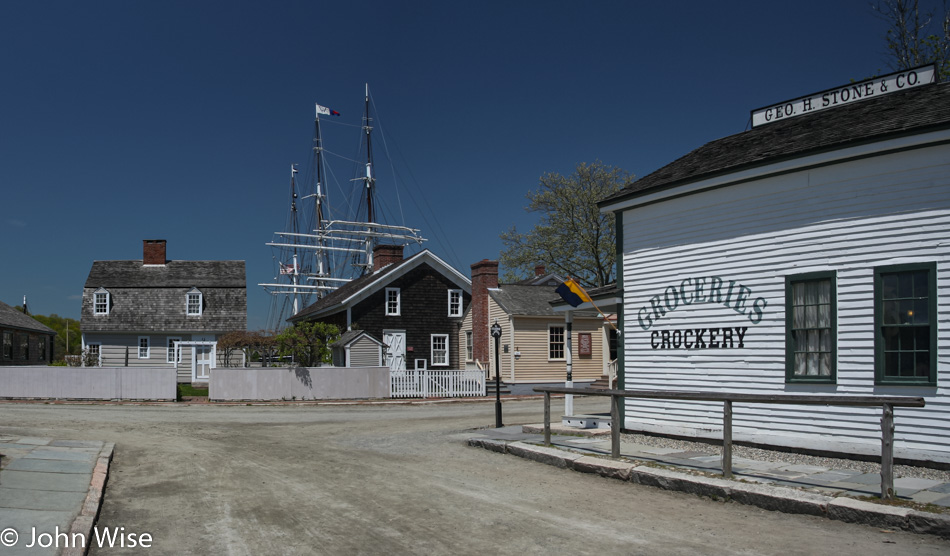
Trying to imagine the buzz around town when a whaling ship was seen on the horizon returning to its home base after being out at sea for two years. The spouses had to wait for the hopeful return of husbands and fathers who would come back to see their children having grown significantly older. With the masts towering 11 stories high, it would have been taller than everything in the area. At the height of the whaling industry, skyscrapers had not yet been built in Chicago or New York, so these ships would have been seen as incredible feats of engineering.

How fortunate America is that Mystic Seaport Museum also plays host to the Henry B. DuPont Preservation Shipyard, where the craft of keeping aging ships afloat and in working order lives on. We could stay here all day and maybe even a second full day, but with 245 miles between us and our next motel, we can’t linger too long, and with heavy hearts, we pull ourselves away.

Once again on the road, it was a brutal drive south past New York City – where we found ourselves in a traffic jam on the Cross Bronx Expressway that forced us to stop and crawl for an hour and a half.

We only had three miles to travel through this congested city, but it took 90 freaking minutes of astonishment and moments of claustrophobia.

Finally, we start to see the clutch of NYC release its grip on us. How do people do this every day?

Across the bridge in New Jersey, we fly in between beautiful wetlands on one side of the turnpike and stinking factories on the other. It was almost 9:45 p.m. when we arrived at our Days Inn in Wilmington, Delaware.


